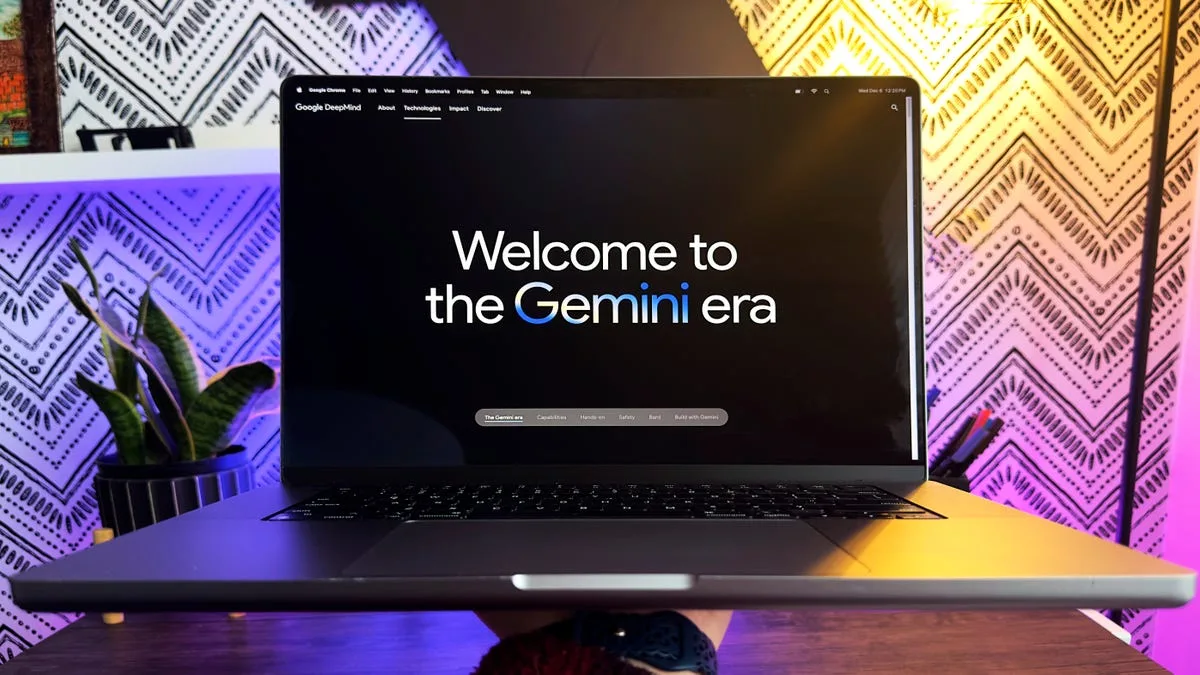!DOCTYPE html
How to Keep AI-Fueled Collaboration Flowing
How can you keep things flowing and on-track when you’re developing complex artificial intelligence (AI) applications? With AI, of course.
Today’s software developers are both avid users of AI-based tools as well as builders of AI systems. Seventy percent of 90,000 developers surveyed by Stack Overflow several months back are already using or plan to use AI tools in their development processes. Many are involved in AI application development as well. Forty-four percent of enterprises in an IBM survey of 8,584 IT professionals report they have actively deployed AI applications, with another 40% piloting or experimenting with the technology.
In essence, AI is becoming a valuable tool for building AI applications. Tools such as generative AI, GitHub Copilot, AgentGPT, and Azure Machine Learning Studio cover many aspects of the developer job, from code generation to testing.
But how do these tools fit into the workflow, collaboration, and management of the software lifecycle? Here, AI is emerging as a means to keep people closer together, in sync, and boosted by automation. The technology also provides an understanding of progress for developers, operations, teams, executives, and business users.
AI enables collaboration in many ways, says Beena Ammanath, global head of Deloitte AI Institute. In terms of DevOps, for example, it is “fostering collaboration between developers and operations by automating tasks, enabling real-time issue detection and promoting the use of shared metrics in DevOps processes.”
The growing use of AI can both change and strengthen DevOps and Agile methodologies, she continues: “It automates tasks, promotes data-driven decisions and improves collaboration between development and operations teams.”
First, let’s look at why AI projects need to have everyone on the same page. Yes, the technology is AI easing and automating many tasks associated with software, but developing AI projects themselves requires highly collaborative approaches.
AI is also playing a role in enhancing developers’ roles in the business at large, “fostering collaboration between developers and business stakeholders through data-driven product development and personalized user experiences,” says Deloitte’s Ammanath.
AI’s potential in fostering team collaboration is still a long-term vision, “as the extent of adoption and integration of AI can vary widely across different industries and organizations,” says Ammanath. “Addressing challenges like bias, privacy and ethical considerations will play a role in shaping the pace and effectiveness of AI-driven collaboration in the future.”







